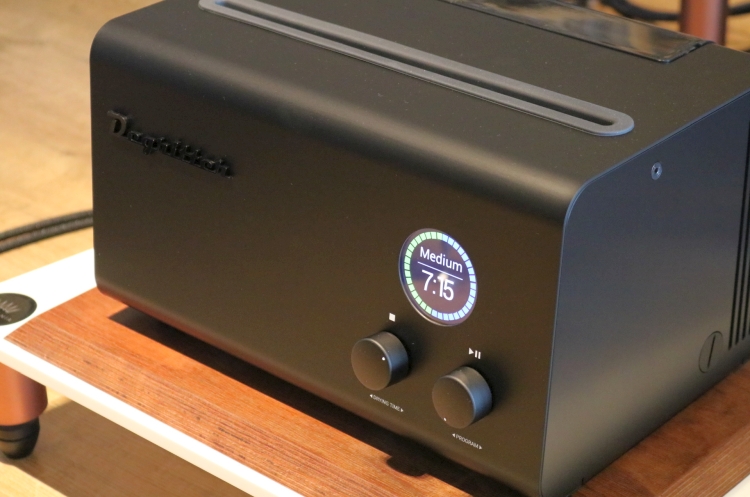
Ultrasonic Cleaning – Degritter
When requesting a unit from Frank, I added that I had high expectations for it but that I would be comparing the Degritter to the Matrix and the Emmi 40 and that my review would not only be a Degritter review but an unbiased report on how these three machines compared. At this point, I expected the Degritter to be better than the Emmi 40 but even if it was no more effective, it would still be a worthy consideration because it fully automates the task from start to finish, including drying. Oh, how I was going to be in for a surprise!
The unit that I was sent was brand-new, so this time, I did read the manual, just to make sure that I would not offset the initiation process. But preparing the unit was easy as pie. Even if you try to “forget” a step, the unit will know and inform you of it on its display.
With help from audio buddies JW and Wouter, I prepared for this test by gathering several albums twice and in the same condition. Some were in pristine condition, some were dirty, and some already washed, either with the Matrix or with the Emmi 40. To avoid surprises, I listened to all pairs beforehand and confirmed that they did indeed perform similarly, and discarded those that sounded differently.
To start off, I followed the Degritter instructions to the letter, filling the water tank to the “Max” indication with distilled water and 1ml of cleaning fluid. Up to 2ml is recommended but I figured it best to start on the low end as I can always add more later. The machine automatically primes itself and when it has confirmed the presence of the water tank and the water level, it is ready for use. I ran through all the menus and found that they all make perfect sense. You can select the washing time in three steps (quick, medium, and heavy) and the drying time (fan speed) between 0:00 and 15:15 in 15-second intervals. I chose the medium 3:45 washing time and 6 minutes drying time. As I pressed start, I marveled at the speed and silence with which the water tank’s contents were pumped into the cleaning area. When this process finished 6 or so seconds later, I noticed that there was still some water left in the tank which confirms that the Degritter only fills itself up until the pre-set level in the menu, which can be changed by the user according to the position of the run-out groove.
I carried out the process a couple of times while taking photos and videos and noticed that the Degritter uniquely rocks the record back and forth as it rotates. It goes forward, then back a little, and again forward. I imagine that this enables two blasts in every spot with a little time in between to enable debris to come loose and dissipate prior to the grooves receiving a second sonic hit.
I held off on my actual assessments and the actual cleaning of records until JW joined me the next day. He also brought along a pile of albums. As mentioned, I had also prepared several album duos to enable fair comparisons, but I decided to start with JW’s suggestions.
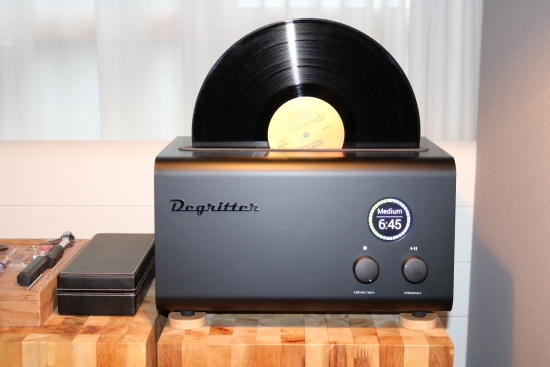
Washing
The first duo that we washed was the US version of Cheryl Lynn’s “It’s gonna be right” of which JW and I both own a copy. Mine was purchased second-hand and unwashed, JW’s copy was purchased new and it was ultrasonically cleaned using Wouter’s Emmi 40 unit. My album sounded good but a little undynamic and it was missing a bit of drive and energy compared to JW’s copy.
When considering that these very aspects were the reason for me to get a USA copy rather than one from the EU, it was discouraging to hear that JW’s copy still sounded better. There had long been suspicions that 80’s and 90’s albums from musicians and bands from the USA sound best when the pressing was also done in the USA. JW had always said this, but for the longest time, Wouter and I remained skeptical, especially when we found two German pressings that sounded better than JW’s USA versions. However, as we gathered more experience in comparing different pressings, we had to admit that JW was right all along.
Anyway, annoyingly, JW’s Emmi’d version did indeed still sound a lot better. It was cleaner, more expressive, more powerful in the bass, and more robust overall if also a little dry and “square” in the treble. This is actually something that had been giving JW pause before, as we washed more and more of his albums using Wouter’s Emmi.
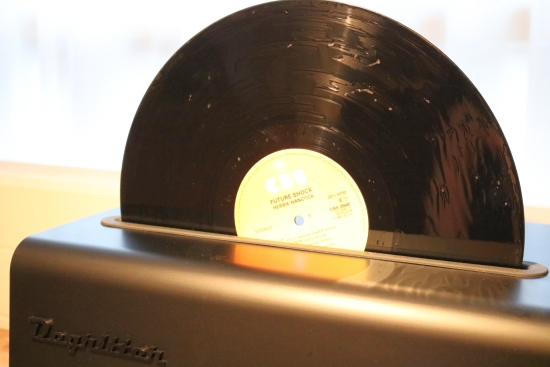
We started the Degritter process with my album because we figured it had the most to gain. With the washing set at 3 minutes and the drying at 6 minutes, we started the cleaning process and sat there, fascinated by the machine doing its work while the display informed us of the process. Several minutes before the drying process was finished, it already looked like the record was dry but I let it finish anyway. Then, we played the newly washed specimen…
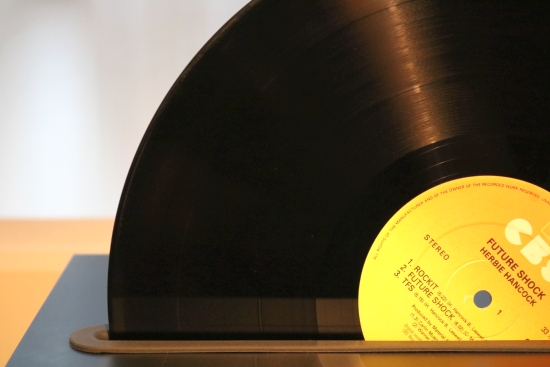
Well, Holy Guacamole!
Now, my album sounded considerably more hi-res and better-layered, and with more distinct reverberations than JW’s version, which was from the first owner and already ultrasonically treated. More strikingly, my version now sounded like it was the high-res version of this recording, with considerably more low-level detail across the board. Amazingly, the treble was more precise and resolute, as well as more airy, refined, and fluid. The dryness and grayness that were present before, now vanished, and the album now possessed a kind of direct communicative magic that made the non-washed version sound plain and ordinary. The only thing that JW’s version still had going for it was that its bass was a little firmer. But with comparatively lower-res sound and square-ish treble, after climbing on the couch (having fallen off it in amazement) JW fully agreed that my old and beaten copy now sounded better than his pristine version.
After we had also Degrittered JW’s version and reduced the drying time by one minute, we were once again taken by surprise as his copy now outperformed mine again. His treble had lost the roughness and square-ness, to become more fluid and refined, as well as airier, yes, alas, even airier than my own copy. Along with improvements in the resolution and treble behavior, JW’s copy had now lost its “plain-ness” and gained the same level of magic as my copy, while retaining its superior bass.
It was there and then that I decided that not only was this review going to be a piece of cake, but I would have to get a Degritter as well!
Next: more examples, Caveats, Epilog, and Conclusion
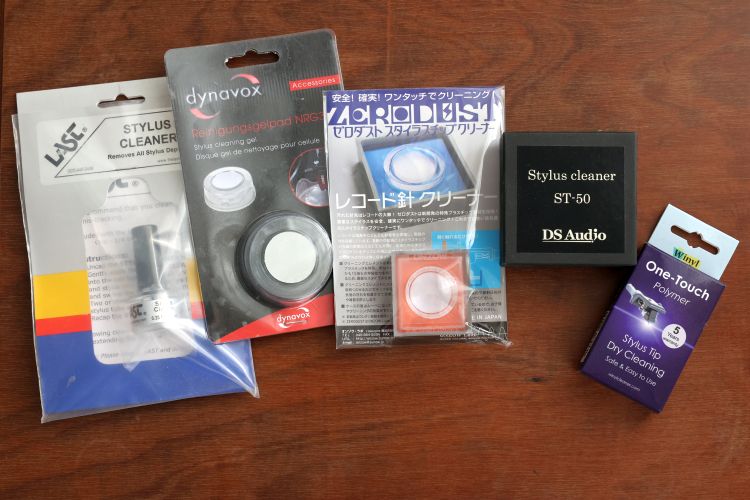
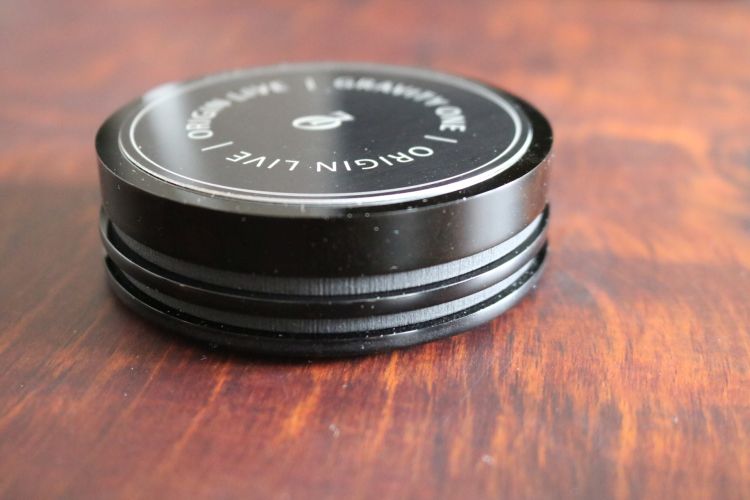
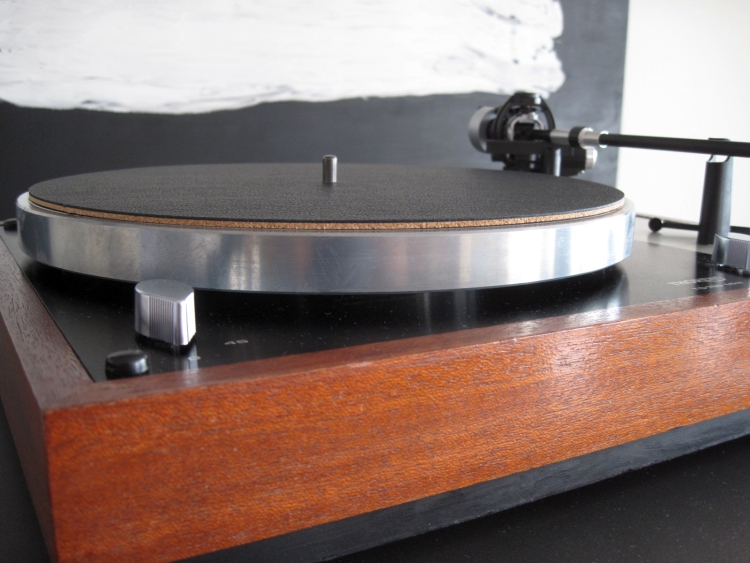
Christian,
Another super thorough review on an interesting product whenever it is I get back into vinyl I will consider one for sure. However in describing it visually you totally missed the mark, it looks just like a MCM toaster!
Cheers,
Jon
Hahaha, thanks, and quite right, Jon!
Really awesome review, a must read! One question: does the label get wet during washing/drying due to the vertical orientation of the disc?
Hi Cristian, Goog question and I’m happy to confirm that having washed 50 or so records, not once has the label gotten wet! I use the MEDIUM water level as standard.
Hello Guys,
I currently use a Audio Desk Pro machine (not the latest version). I will consider a trade up to the Degritter. Seems to be a fine machine. One important thing about clean LPs in my opinion, thats not mentioned much in other forums, the Stylus on your expensive Cartridge will last longer because, less dirt will be in the way. An easier journey through the Grooves.👍🏽
Good point indeed. If you make the switch I will be interested to hear your opinion on how they compare.
Looking forward to doing that.